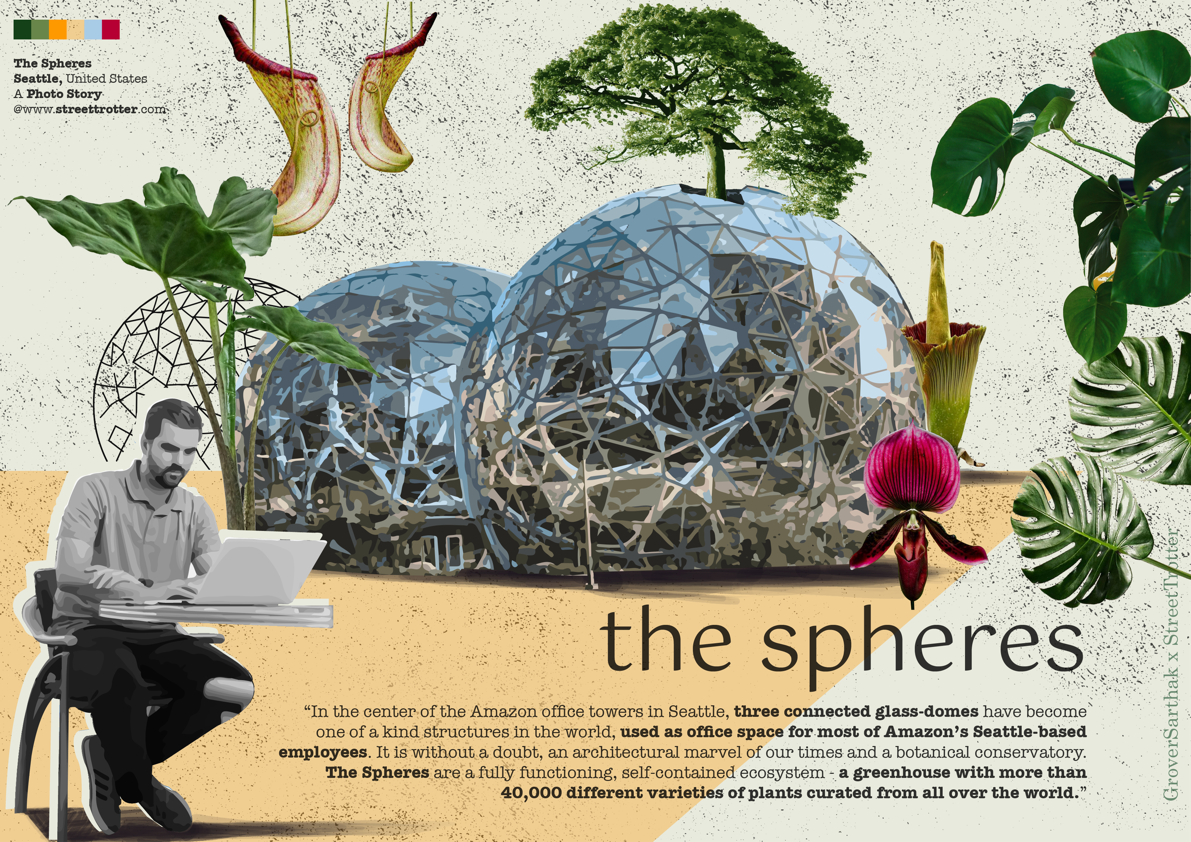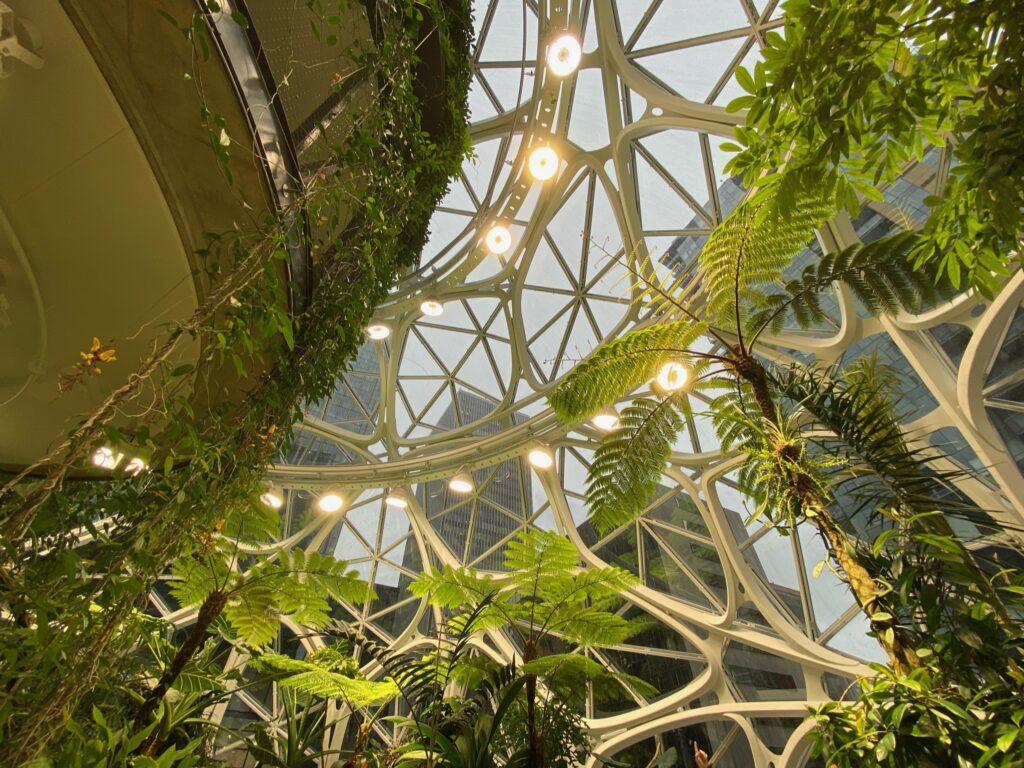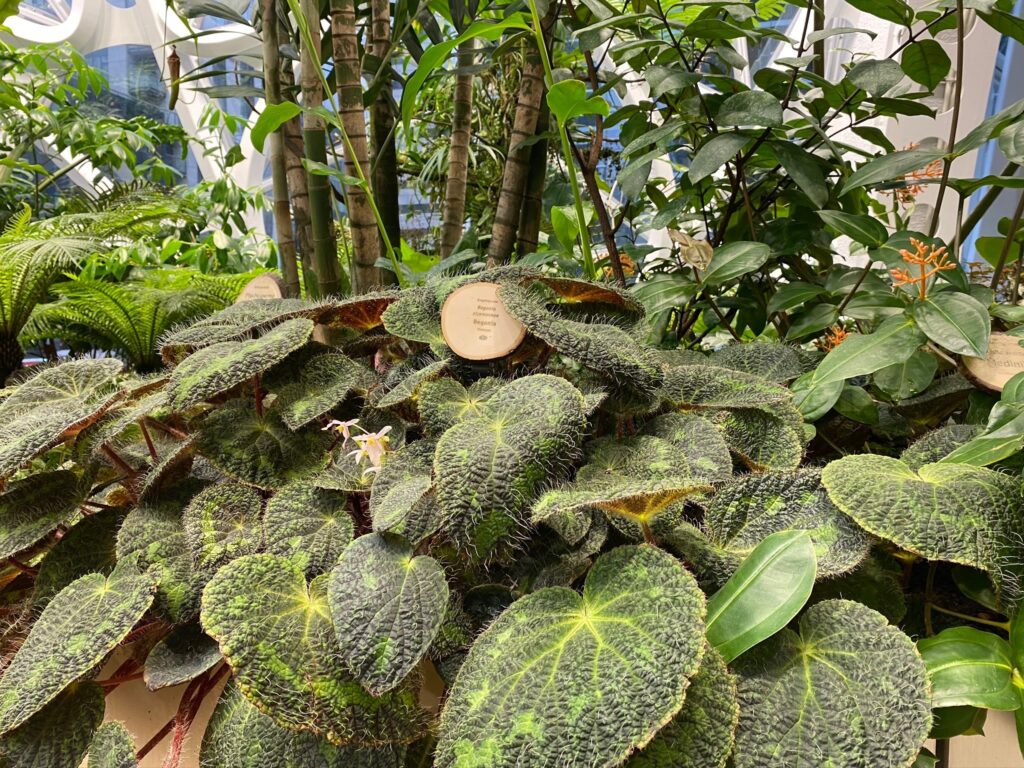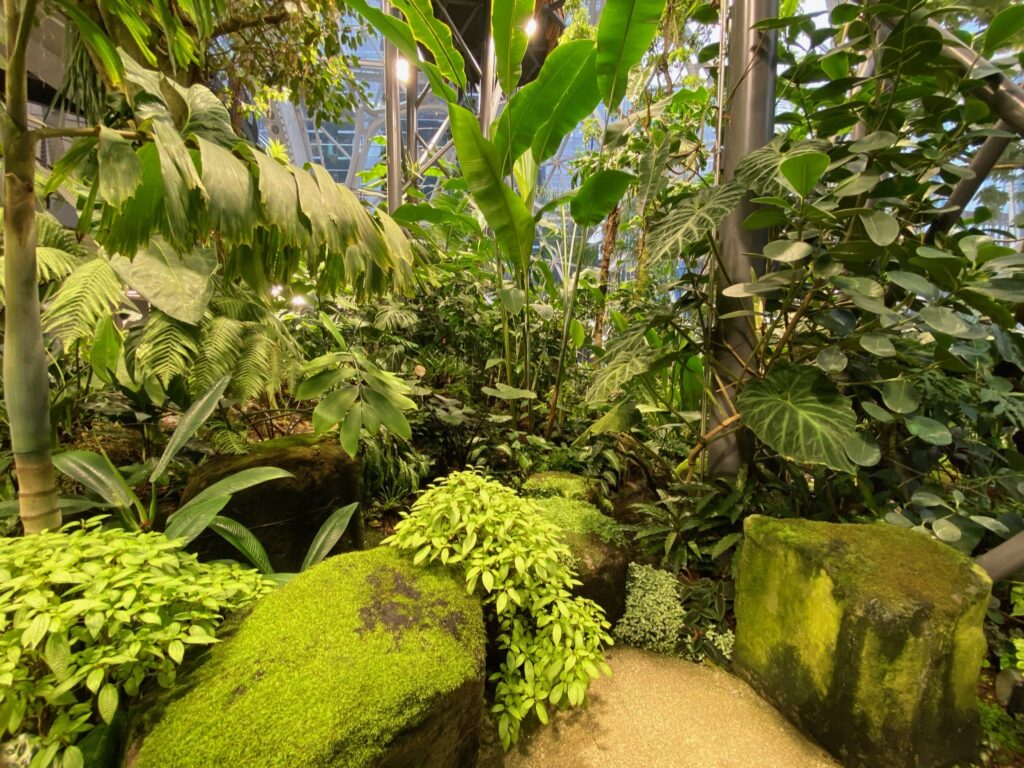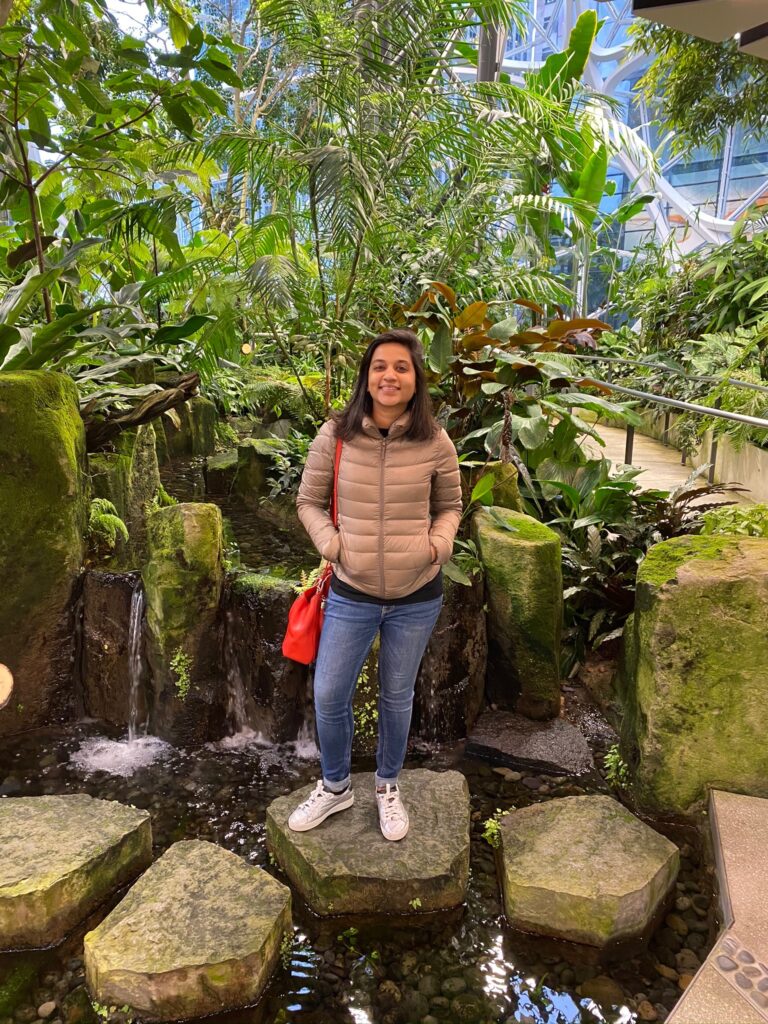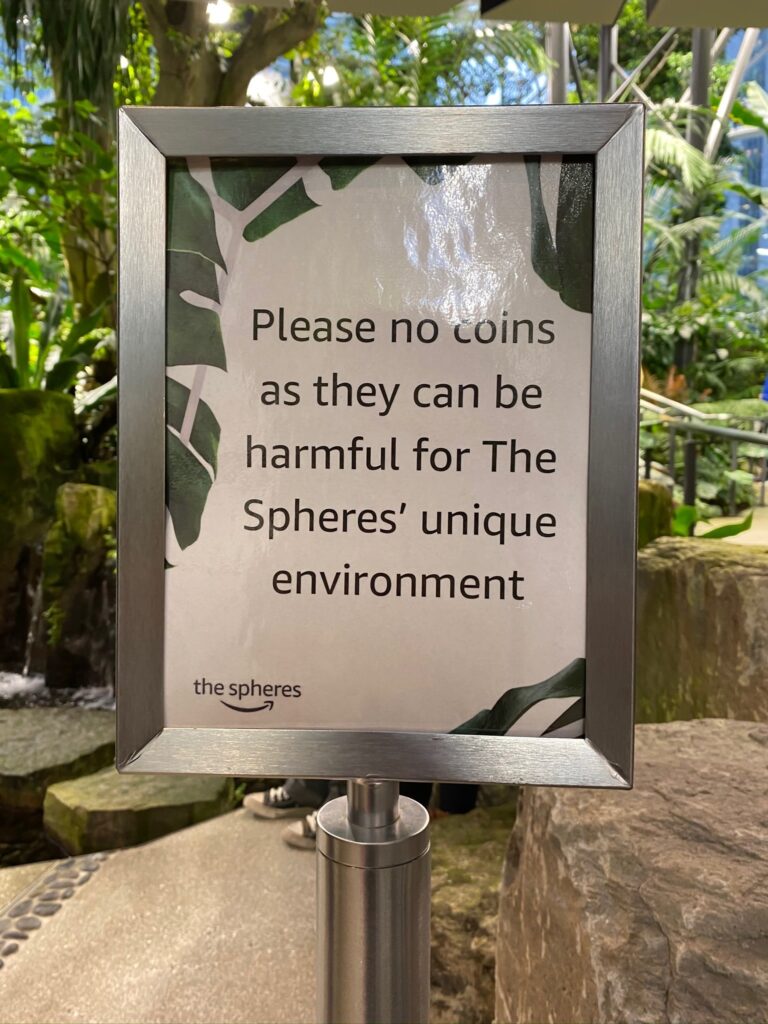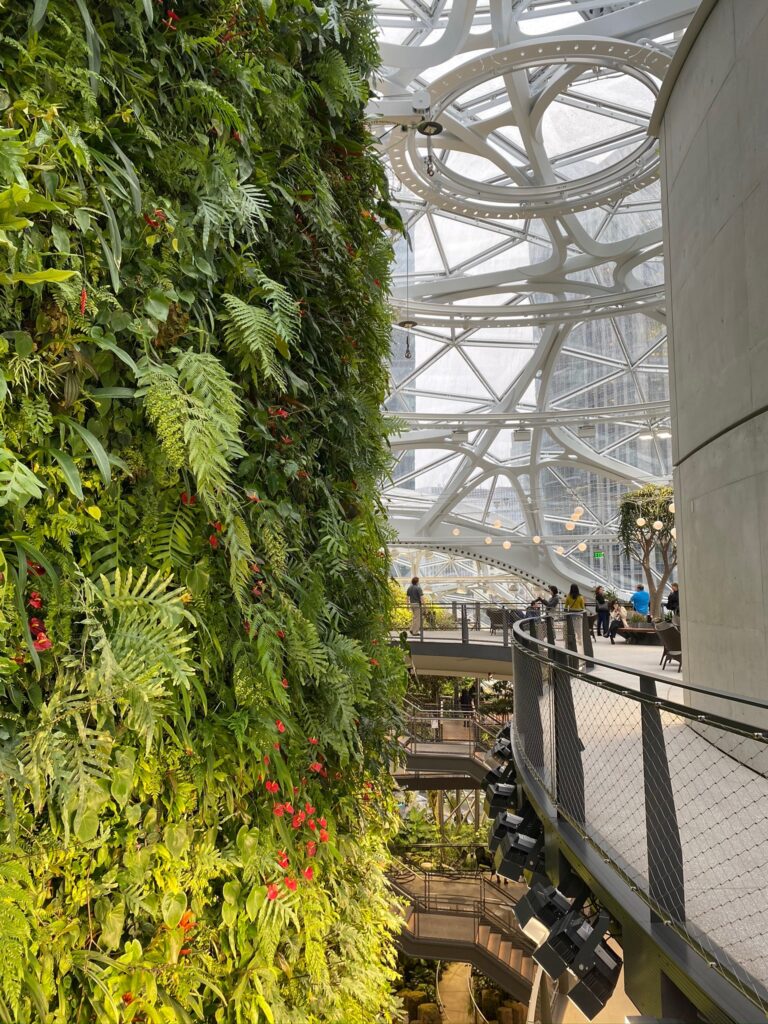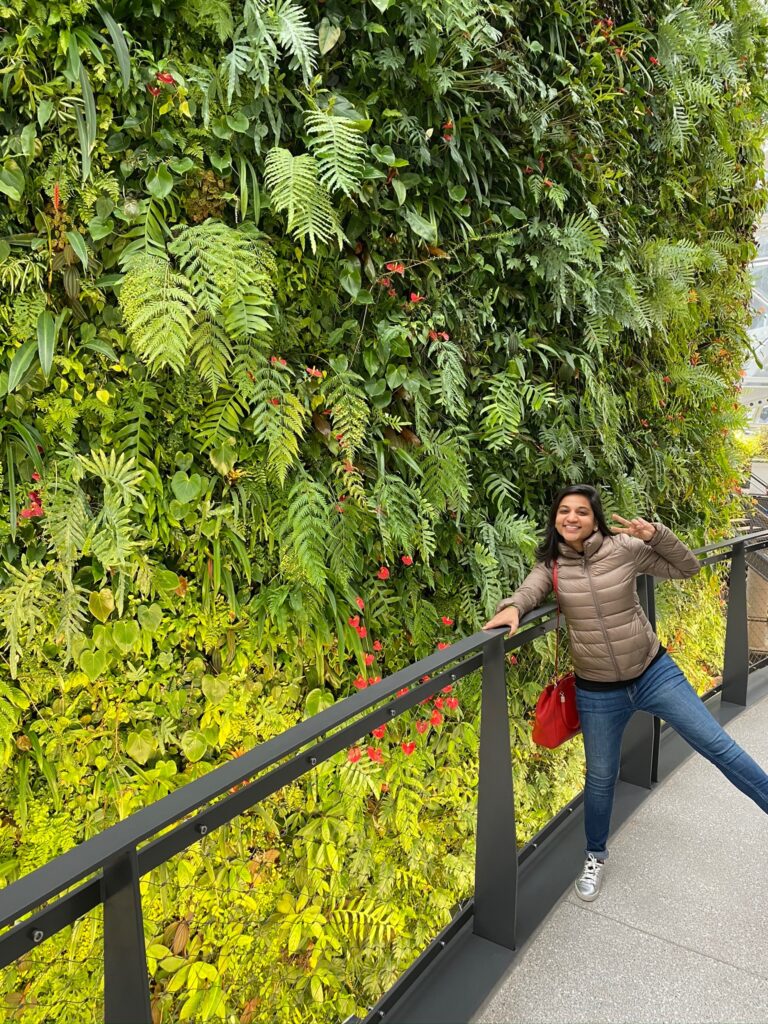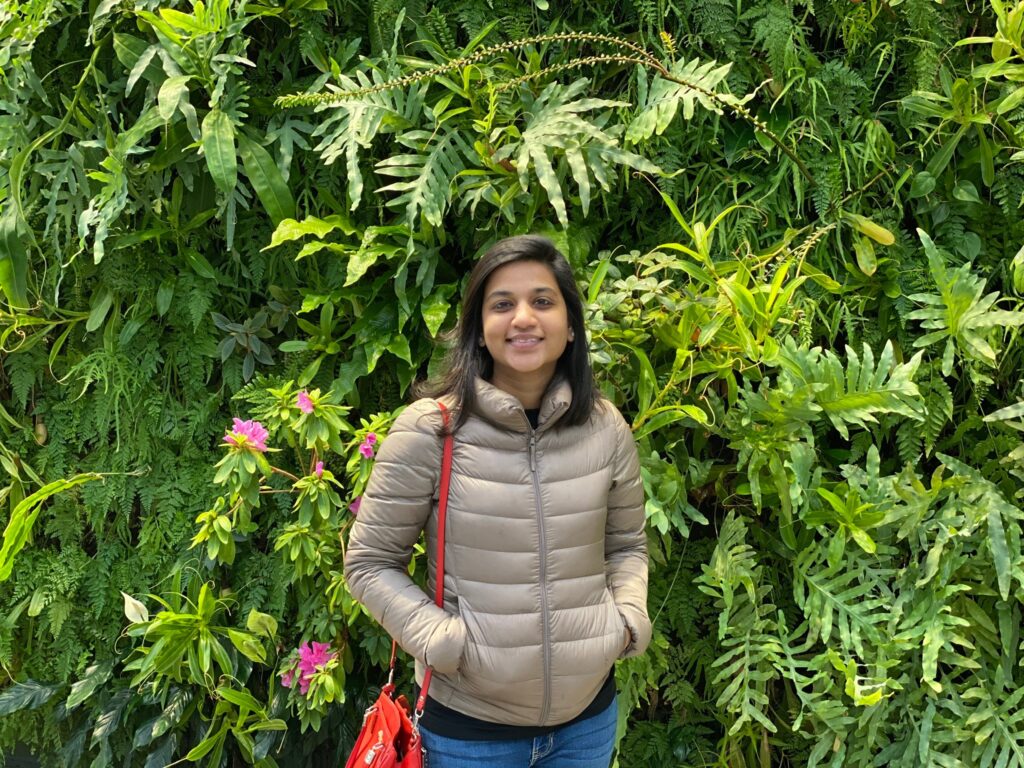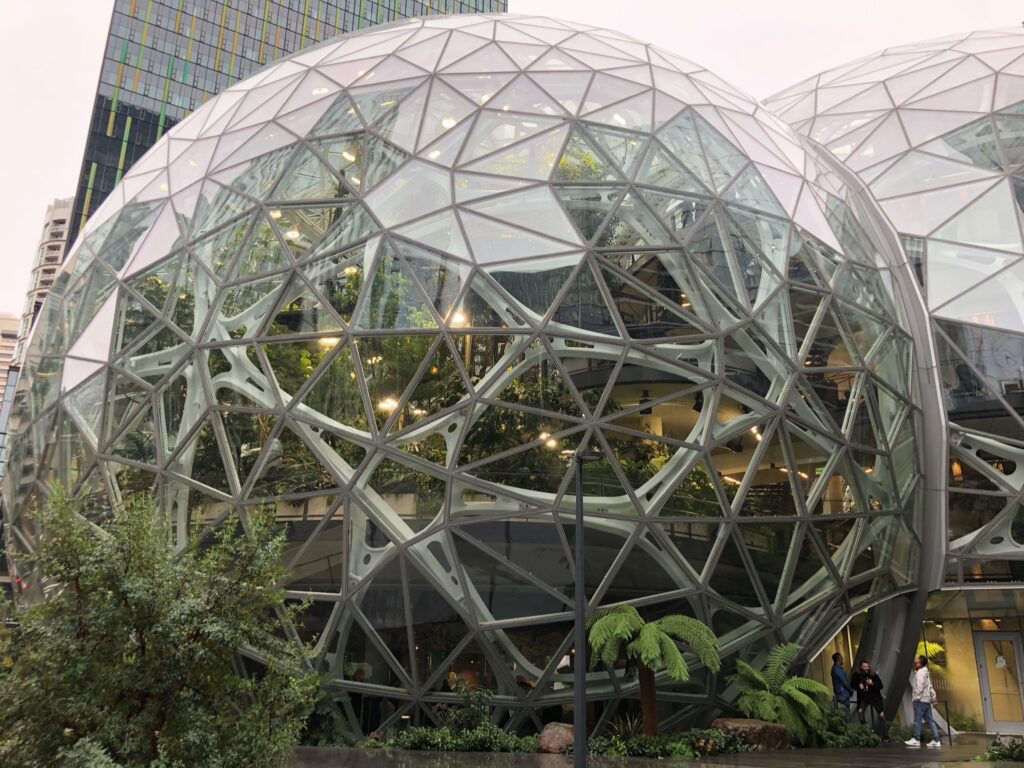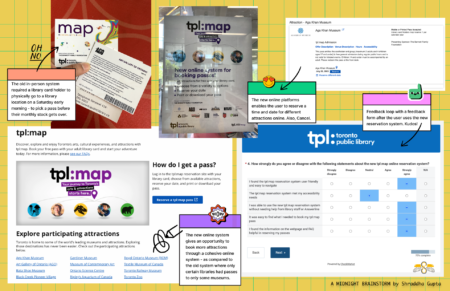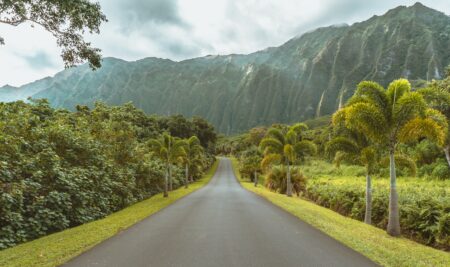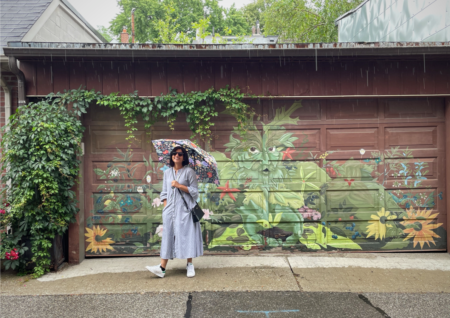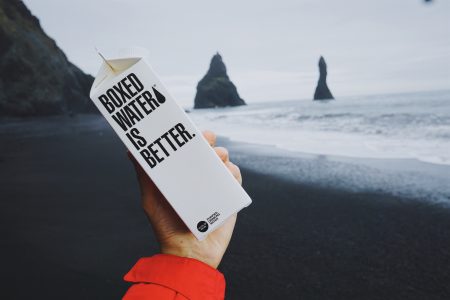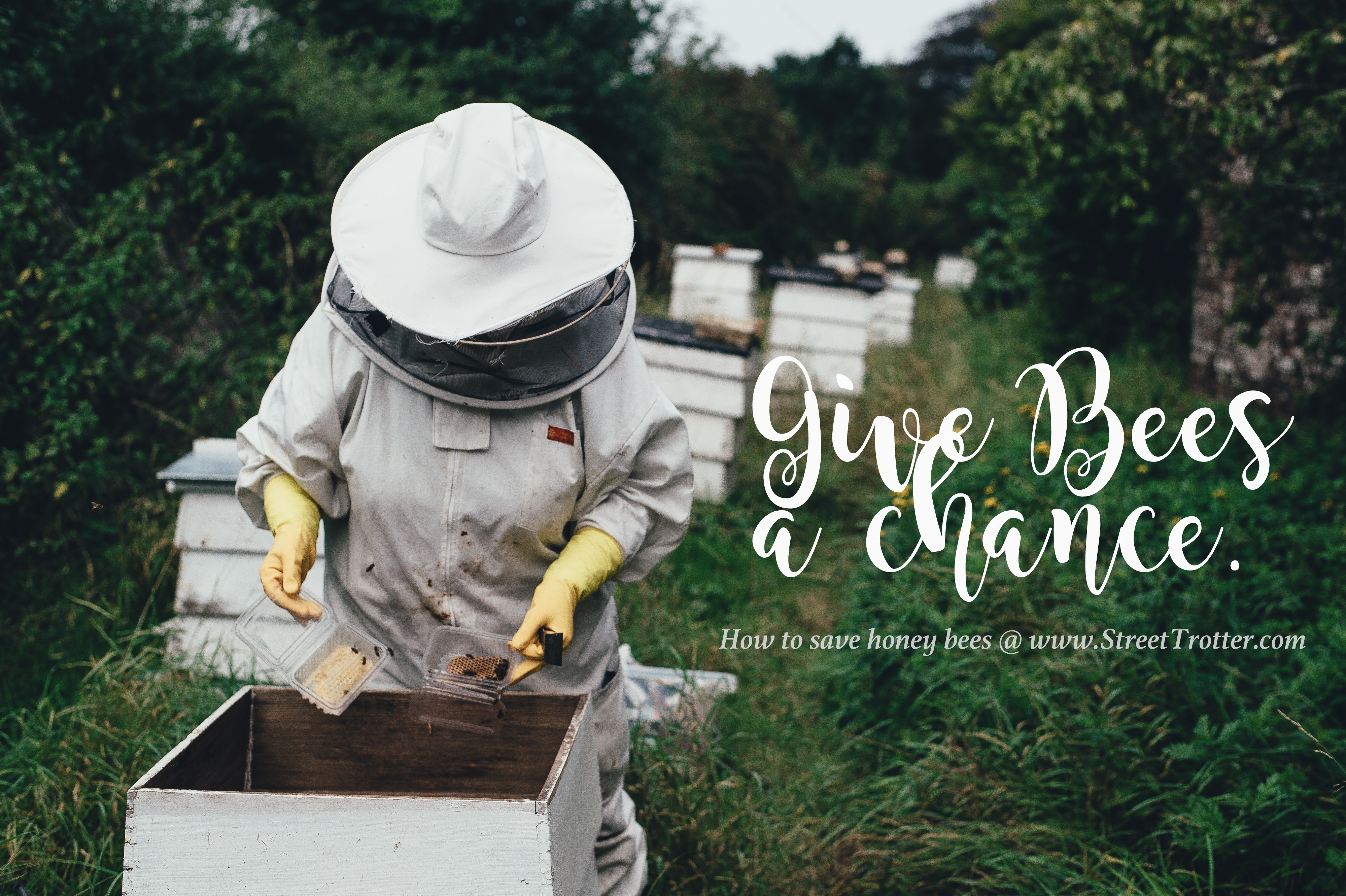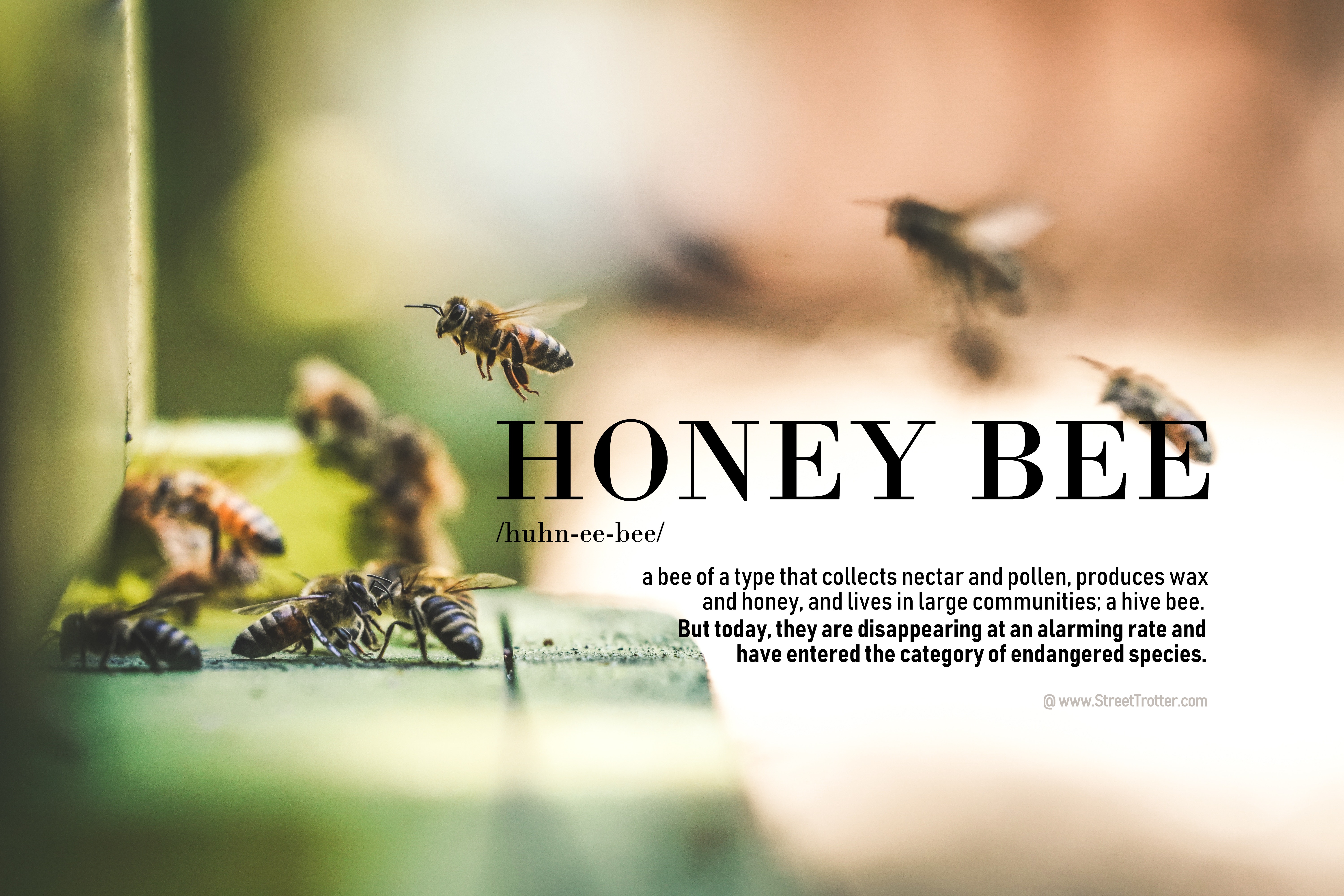Take a walk inside the glass sphere, and every inch is filled up with exotic greens. Sunlight seeps in through the glass roof, shining on every nook and corner of a grid-like modern structure, creating tiny rainbows on work tables. Walk around a little more from one floor to another, and you are greeted by people tapping away on their devices, attending calls and work meetings in the middle of a cutting-edge rainforest. It’s 5°C in all of Seattle, but inside it’s 22°C – hot and humid.
For most of us, the idea of working in a space that is filled with nature is a far-fetched dream. But the glass building and workspace we are talking about is not from the future. Standing tall in all its glory in Seattle, USA, is ‘The Spheres’. Also known as the ‘Seattle Spheres’ or ‘Amazon Spheres’, this marvel of a workspace is created by none other than the largest online retail giant in history, Amazon.
What are ‘The Spheres’ and why are they special?
In the center of the Amazon office towers in Seattle, three connected glass-domes have become one of a kind structures in the world, used as office space for most of Amazon’s Seattle-based employees. It is without a doubt, an architectural marvel of our times and a botanical conservatory – built on the foundations of extensive research and innovation.
The Spheres are a fully functioning, self-contained ecosystem – a greenhouse with more than 40,000 different varieties of plants collected and curated from universities and botanical gardens all over the world.
The structures known as the Pentagonal Hexecontahedron are elongated pentagons that are added up – sixty in number for each of the three Spheres – to form the entire Sphere. Built on a concrete foundation, using 620 tons of steel, the structures are connected in an open-plan indoor area filled with numerous exotic plants. There are 2643 panes of glass, making the whole structure visible from the outside thus, creating a clear view on the inside. The profound planning and execution of the structure have made The Spheres a revolution in the idea of office space.
Some may find it hard to believe, but the concept of a structure dates back to 16th century Italy. Back then, a brick structure was used as a protective space for plants in winter. Centuries and many technological revolutions later, when biodomes and contained ecosystems became not just ideas but necessities, they took the shape of full-scale buildings.
The tallest of the three interconnected spheres is 90-feet high and 130-feet in diameter. This is the workspace dome and the other two spheres are the botanical conservatories. Inside the spheres, there are structures resembling waterfalls, a river, and treehouse-like spaces that can be used as seats. One of the main highlights is that the whole space is designed keeping an outdoor setting in mind, therefore helping the employees feel free, rather than stuffed in cubicles.
So why would Amazon spend $4 billion to build a workspace that is nestled in the arms of nature?
In a modern-day workspace, with all the humdrum of computer keys and stressful deadlines, one of the few things the employees need is a calm, conducive environment. Various scientific studies suggest that a big barrier between a modern office and employee efficiency is ‘the missing link with nature’. That is exactly the idea that Amazon tried to implement with The Spheres – A link between nature and the human workspace.
A space filled with greenery, sunlight, and calm surrounding can cause a significant impact on anyone. In the long term, creating an indoor climate and its regulation can cause an effective work environment, fostering innovation, and critical achievements. Along with this, the unique structure and idea of the building also made it a significant addition to the urban Seattle skyline.

About the greenhouse and its cloud forest species
Horticulturist Ron Gagliardo was hired by Amazon to hand-pick exotic plants, nurture them and curate all these to arrange for The Spheres to become a truly unique place. Gagliardo and his team spent three years bringing together a vast collection of 40,000 individual plants in The Spheres consisting of nearly 400 species, ranging from some that are extinct in the wild to rare ones that are found in various countries around the world.
The collection of plants is maintained and evolved with time. Some of the most amazing ones in the collection include orchids from Ecuador and South East Asia, a few species of carnivorous pitcher plants, and other rare variants of Asian plants. The larger ones include a 40-feet Australian fern (which was the first tree to be planted here) and the largest tree of the building, a 55-foot fig, called Ficus rubiginosa – nicknamed, Rubi.

One of Gagliardo’s favorite places in the building is in fact the largest living wall of the States. Standing at 62 feet tall and 50 feet wide, this wall consists of 25,000 individual plants that are maintained by a group of people.

The average temperature during the day is kept at 72 degrees (22°C) with 60% humidity. This climate maintained in The Spheres is similar to that of the Central Valley in Costa Rica, which is considered to be a suitable temperature for both plants and the people. The day temperature is set in a way that accommodates people and at night it is lowered, which is more beneficial for the plants.
A visitors guide: When and how to book a tour
What makes The Spheres an even more interesting site for a visitor is that though it is a dedicated office space, Amazon did not hold back on the importance of this building to the community they serve. There are guided tours conducted by Amazon to visit as a tourist, open for bookings on the official website.
The usual timings for the Seattle Headquarters tours are Tuesdays and Thursdays from 10 AM to 2 PM.
Each tour is a 90-minute guided tour across the Amazon Urban Campus. This place termed the ‘Urban Campus’ consists of 3 buildings, among which The Spheres are included. These are detailed tours of the company’s history, how they function, and their impact on the culture and the surroundings of Seattle and its communities.
The tours have to be booked 30-days in advance. Because of the great demand to visit these structures, there is usually a waitlist of visitors and hence getting a tour on the first attempt can be a little difficult. But Amazon’s customer services take care to accommodate most people on the tours accordingly. They have created comprehensive audio and visual guides to help prospective visitors a heads-up before booking the tours.
For us, The Spheres set an example of a very hopeful future. A future in which a healthy workspace intersperses with the well-being of the environment tying itself into a clean aesthetic style.
